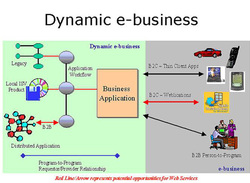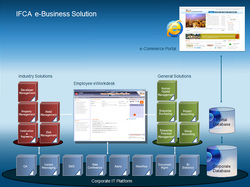BENEFITS, LIMITATIONS, AND IMPACTS OF E-AUCTIONS
Benefits of E-Auctions
- Limitations of E-Auctions
- Minimal security
- Possibility of fraud
Limited participation
lImpacts of Auctions
Auctions as a coordination mechanism
Auctions as a social mechanism to determine a price
Auctions as a highly visible distribution mechanism
- Conducting Auctions
Auctions as an EC component
- ONLINE BARTERING
bartering
The exchange of goods or services.
e-bartering (electronic bartering)
Bartering conducted online, usually in a bartering exchange.
bartering exchange
A marketplace in which an intermediary arranges barter transactions.
Consumer-to-Consumer Barter Exchanges
ONLINE NEGOTIATING
Weblogging (blogging)
Technology for personal publishing on the Internet.
- BLOG:
A personal Web site that is open to the public to read and to interact with; often dedicated to specific topics or issues.

Many Sellers, Many Buyers
double auction
Auctions in which multiple buyers and their bidding prices are matched with multiple sellers and their asking prices, considering the quantities on both sides.
vertical auction
Auction that takes place between sellers and buyers in one industry or for one commodity.
auction vortal
Another name for vertical auction portal.
Wikilog
(wikiblog or wiki)
A blog that allows everyone to participate as a peer; anyone can add, delete, or change content.
RSS
An XML format for syndicating and sharing Web content.
- Podcast
A media file that is distributed over the Internet using syndication feeds for playback on mobile devices and personal computers. As with the term radio, it can mean both the content and the method of syndication.
- Mashup
A Web site that combines content data from more than one source to create a new user experience.

Large distribution company has decided to use a new online supply chain management solution. The people – those who were supposed to use the system – were quite skeptic about the ability of the system, as they did not have enough knowledge and had very little or no training in using a similar system. As a result, it took over a year for the company to bring the solution to its full operation. Productivity suffered severely. The final implementation cost came out to be several times more than initial budget. A large number of companies are reporting to face similar difficulties with the implementation of their e-business solutions.
On the Internet, B2B (business-to-business), also known as e-biz, is the exchange of products, services, or information between businesses rather than between businesses and consumers. Although early interest centered on the growth of retailing on the Internet (sometimes called e-tailing), forecasts are that B2B revenue will far exceed business-to-consumers (B2C) revenue in the near future. According to studies published in early 2000, the money volume of B2B exceeds that of e-tailing by 10 to 1. Over the next five years, B2B is expected to have a compound annual growth of 41%. The Gartner Group estimates B2B revenue worldwide to be $7.29 trillion dollars by 2004. In early 2000, the volume of investment in B2B by venture capitalists was reported to be accelerating sharply although profitable B2B sites were not yet easy to find